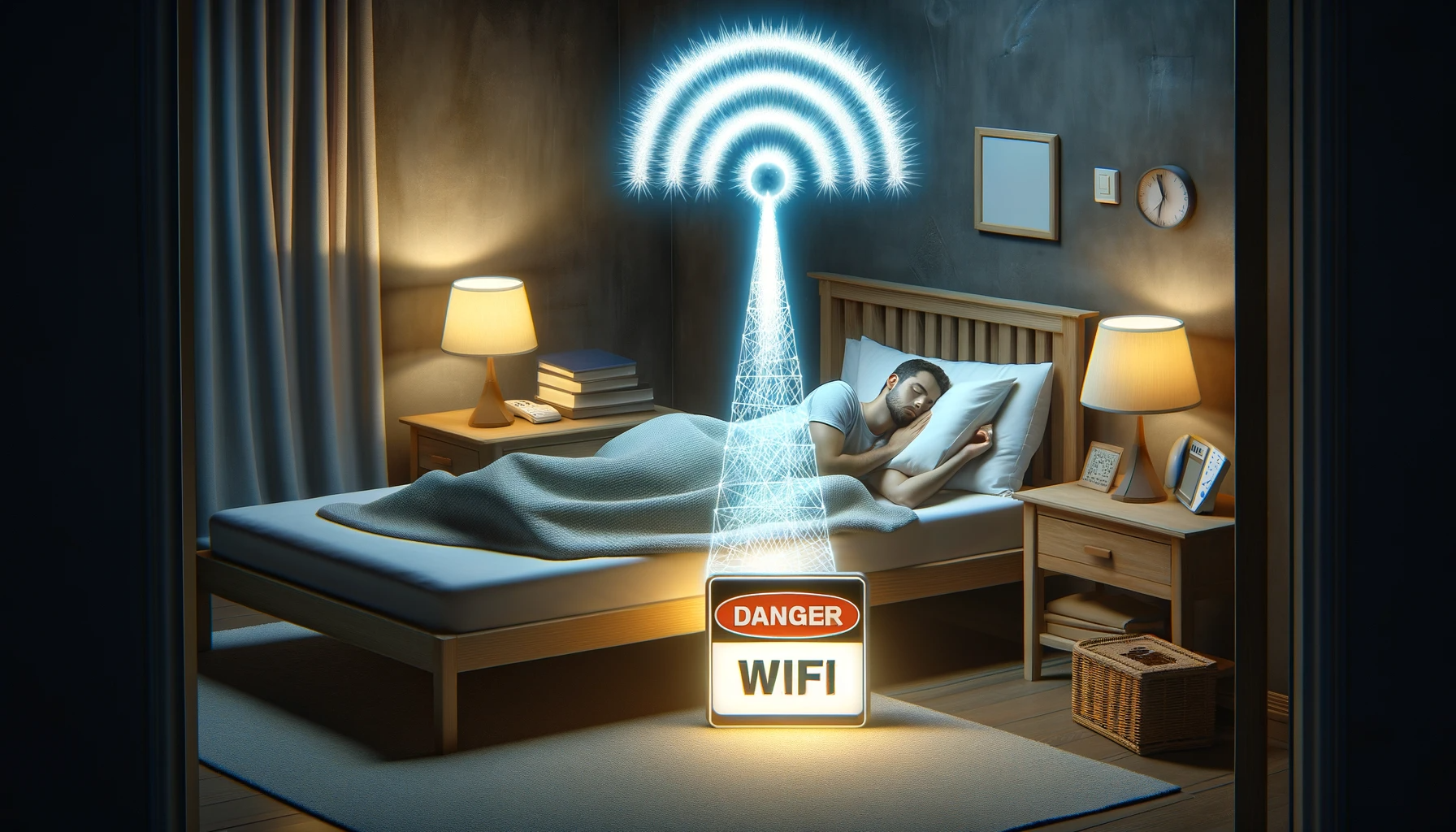Abstract Published: 13 December 2022
Exposure to artificial radiofrequency electromagnetic fields (RF-EMFs) has greatly increased in recent years, thus promoting a growing scientific and social interest in deepening the biological impact of EMFs on living organisms. The current legislation governing the exposure to RF-EMFs is based exclusively on their thermal effects, without considering the possible non-thermal adverse health effects from long-term exposure to EMFs. This study investigated the biological non-thermal effects of low-level indoor exposure to RF-EMFs produced by WiFi wireless technologies, using Drosophila melanogaster as the model system. To ensure homogenous controlled fields, flies were exposed to 2.4 GHz radiofrequency in a Transverse Electromagnetic (TEM) cell device. Signals were continuously monitored during the experiments and regulated at nonthermal levels. The results of this study demonstrate that WiFi electromagnetic radiation causes extensive heterochromatin decondensation and, thus, a general loss of transposable elements epigenetic silencing in both germinal and neural tissues. Moreover, our findings provide evidence that WiFi-related radiofrequency electromagnetic fields can induce reactive oxygen species (ROS) accumulation, genomic instability, and behavioral abnormalities. Finally, we demonstrate that WiFi radiation can synergize with RasV12 to drive tumor progression and invasion. Altogether, these data indicate that radiofrequency radiation emitted from WiFi devices could exert genotoxic effects on Drosophila and set the stage to explore further the biological effects of WiFi electromagnetic radiation on living organisms.
Keywords: radiofrequency electromagnetic fields; transposable elements; Drosophila melanogaster
Conclusions
Over the last years, there have been mounting concerns about possible adverse health effects from exposure to radiofrequency electromagnetic fields, such as those emitted by wireless communication devices. Currently, the studies conducted on exposure to high-frequency electromagnetic fields are numerous but still not completely exhaustive and often discordant and contradictory. In fact, while some studies tend to underestimate the harmful effects of exposure to electromagnetic fields generated by WiFi transmissions, others clearly define the health risks associated with exposure to radio frequencies. Therefore, deepening the biological effects of electromagnetic fields arouses great interest in the scientific field and public opinion. Our work fits in this confused and evolving scientific context. It establishes a new framework for discussing the biological effects of WiFi-related radiofrequency electromagnetic fields on genomic stability, neurodegeneration, and tumorigenesis.








